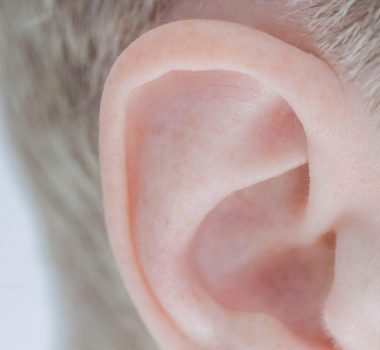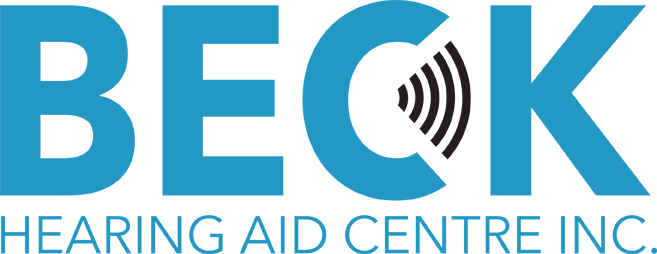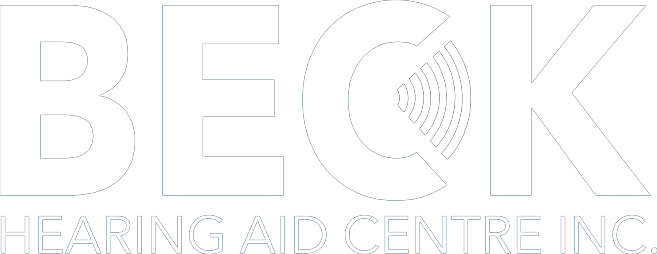
Hearing Health
Ear Wax Removal
Cerumen
Ear Wax Removal
Cerumen, also known as earwax, is naturally produced by the glands in the ears to lubricate the ear canals and keep dust and debris from getting too far down in the ear canal.
Cerumen typically clears itself from the ears, but in some instances can accumulate and cause a blockage, especially if you wear earmolds or hearing aids. If a blockage occurs, it may need to be removed. This can be done at home or at your hearing care professional’s office, depending on the size and severity of the blockage.
Symptoms of a cerumen blockage include:
- Earache
- Tinnitus (ringing of the ears)
- Decreased hearing
- Feeling of ear fullness
- Dizziness
Cerumen Removal
At-Home Treatment
Before attempting at-home earwax removal, it is advised to speak with your hearing care provider to be sure it is safe for you, and to get clear professional advice on how to proceed. Sometimes, all that is required to clear excess wax is the administering of oil a few times per day, and flushing of the ears in the shower. Earwax removal kits can also be purchased over the counter at Beck Hearing. These kits generally consist of a liquid that softens earwax and a small rubber bulb syringe. You will be given directions on how much and how often to apply the liquid to your ear canals, allowing it to sit for a short amount of time in your ears to soften up the earwax. Bubbling and fizzing sensations in your ears are normal with use. You will then use the bulb syringe to gently flush your ears with warm (not hot) water to remove the earwax. It may take several days to completely clear the excess wax, and this home treatment will not be effective on impacted wax. There are contraindications to using these kits in some people and with some ear conditions, so make sure you speak with a hearing care specialist before using one.


At-Home Treatment
Methods To Avoid
People commonly use cotton swabs to try and remove earwax or dislodge a blockage. However, this can sometimes cause more problems as cotton swabs may push the blockage further down into the ear canal, risking even more damage to the ear.
Cotton swabs themselves can also be accidentally inserted too far into the ear canal and can compact wax further or puncture your eardrum.
Physicians generally agree that cotton swabs are a bad idea for removing earwax and should only be used on the outer portions of your ear. You should never insert cotton swabs or any small object into your ear canal.
Removal of impacted ear wax is a delicate process, and should not be attempted at home. The hearing healthcare specialists at Beck Hearing are certified and undergo regular retraining in cerumen removal to ensure your safety and comfort. Home remedies like ear candling are not recommended, as they have been proven not to work and have a high potential for injury.
In-Office Treatment
If the earwax blockage is more significant, it may need to be removed at your hearing care professional’s office. Hearing specialists typically use one of two methods to remove earwax: irrigation or curettage.
Irrigation is the most common method your hearing specialist will use to remove blockages. Unlike at-home earwax removal kits, your hearing professional may use stronger earwax removal medications in conjunction with irrigation. Carbamide peroxide is typically the main ingredient in these medications.
The less common method is curettage, which involves the use of a curette. A curette is a long, curved tool that may also be used with suction to remove cerumen from the ear canal.
If you experience pain or discomfort as a result of earwax or suspect you have a blockage, it’s important that you see your hearing health professional as soon as possible to address the issue. Removing earwax doesn’t have to be painful and should bring you relief.

